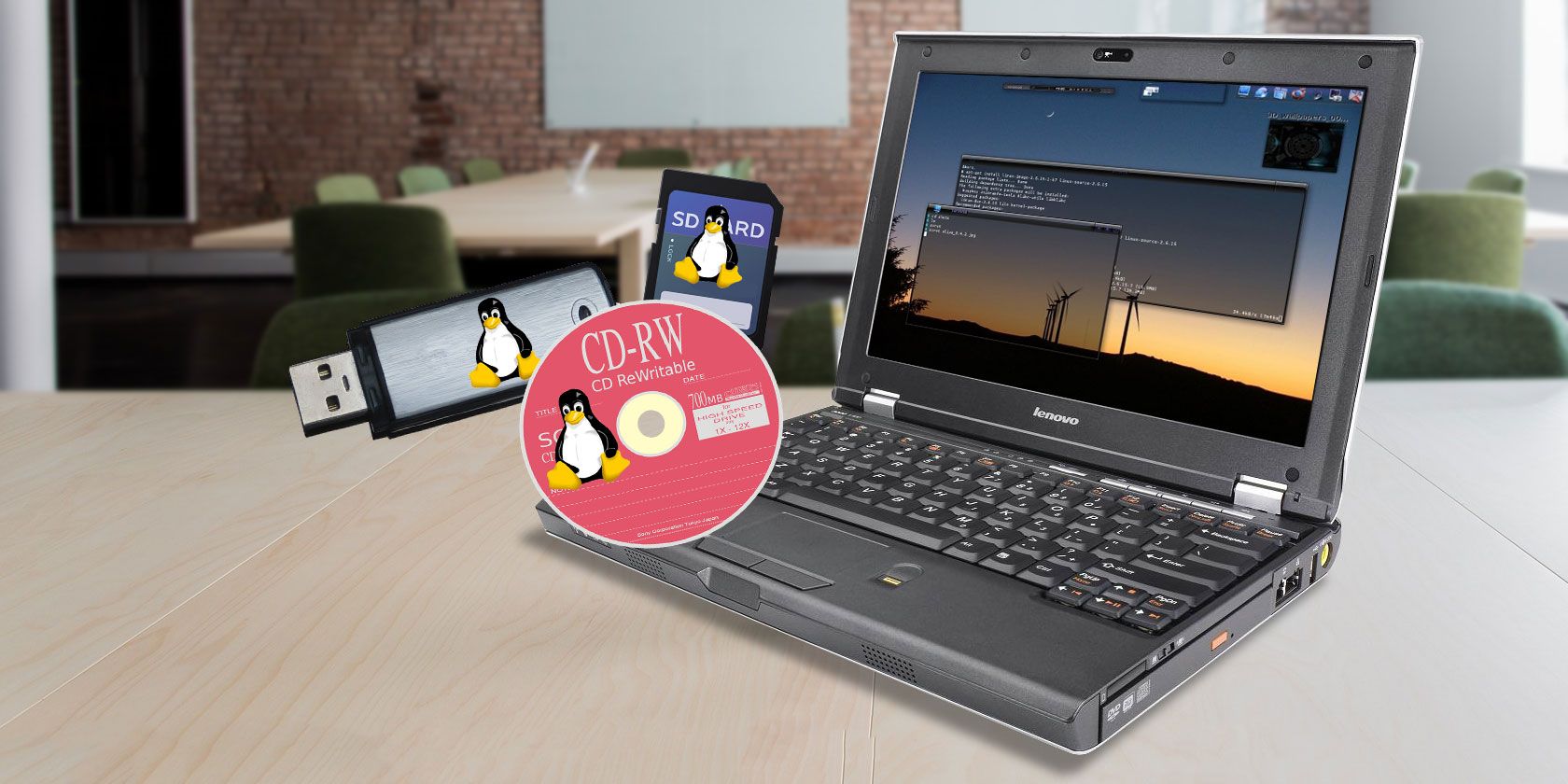
Crafting Distinctive User Identifiers: The Definitive Guide

Crafting Distinctive User Identifiers: The Definitive Guide
Table of Contents
- Introduction
- Registration
- Using Advanced Installer
- GUI
- Working with Projects
- Installer Project
* Product Information
* Product Details
* Product Details Tab
* Software Identification Tab
* Unique Registration ID
* Product IDs Tab
* Active Setup Tab
* Digital Signature
* Updater
* Upgrades
* Licensing Page
* CD/DVD Autorun
* Multiple Instances Page
* Resources
* Package Definition
* Requirements
* User Interface
* System Changes
* Server
* Custom Behavior - Patch Project
- Merge Module Project
- Updates Configuration Project
- Windows Store App Project
- Modification Package Project
- Optional Package Project
- Windows Mobile CAB Projects
- Visual Studio Extension Project
- Software Installer Wizards - Advanced Installer
- Visual Studio integration
- Alternative to AdminStudio/Wise
- Replace Wise
- Migrating from Visual Studio Installer
- Keyboard Shortcuts
- Shell Integration
- Command Line
- Advanced Installer PowerShell Automation Interfaces
- Features and Functionality
- Tutorials
- Samples
- How-tos
- FAQs
- Windows Installer
- Deployment Technologies
- IT Pro
- MSIX
- Video Tutorials
- Advanced Installer Blog
- Table of Contents
Disclaimer: This post includes affiliate links
If you click on a link and make a purchase, I may receive a commission at no extra cost to you.
Rules to create Unique Registration IDs
Unique Registration IDs are used throught the standard ISO 19770-2 for unique identification of the various involved entities. Their unicity should be assured without using a central registrar. Consequently, they are based on Internet domain names because for each Internet domain, its owner can be easily identified. As the ownership of an Internet domain can be changed, the first month of ownership is also included in identifier.
The structure of an Unique Registration ID is as follows:
regid.YYYY-MM.inverse_domain[,suffix]
inverse_domain
Represents an Internet domain name written in inverse form. For example, the inverse form of the domainadvancedinstaller.com iscom.advancedinstaller.
YYYY-MM
This date should be the first month in which the domain name was owned by the designated entity at 00:01 GMT of the first day of the month.
suffix
This is an optional component used to identify a department or a branch from a large enterprise. Characters used in suffix must be valid filename characters on every platform where the application will be installed.
Example:
regid.1995-09.com.example
Did you find this page useful?
Please give it a rating:
Thanks!
Report a problem on this page
Information is incorrect or missing
Information is unclear or confusing
Something else
Can you tell us what’s wrong?
Send message
Also read:
- [New] Find the Perfect Video Collaboration App Our Choice of 10 Free Tools for 2024
- [Updated] The Art of Color Grading Employing LUTs From CG Central
- [Updated] Transitioning Video Content Into Stills with Windows 11
- 1. Scarica Il Convertitore Online Da MP3 a WMA Di Gratuità - Movavi
- Content Creation Battleground Choosing Between Vimeo, YouTube, DailyMotion for 2024
- Create Your Own Chat Bubbles with These 5 Awesome iOS Sticker Making Apps - Enjoyable and Straightforward Designing!
- Deciphering Spear Phishing Vs. Traditional Hacking Techniques: What Sets Them Apart?
- Effortless Solutions to Unstuck Windows 1지어 10 Threads From Stubborn Driver Errors
- How to Overcome Issues Editing Converts of Word, PPT, or PDF Files
- Mastering Lock Screen Settings How to Enable and Disable on Sony Xperia 1 V
- Quick Fixes: How to Retrieve Deleted Texts From an iPhone with Minimal Hassle
- Tackling Videography Glitch Code 0XC10100be
- Webinar Video Archive Creation
- Title: Crafting Distinctive User Identifiers: The Definitive Guide
- Author: Anthony
- Created at : 2024-10-04 21:18:05
- Updated at : 2024-10-10 23:15:39
- Link: https://fox-shield.techidaily.com/crafting-distinctive-user-identifiers-the-definitive-guide/
- License: This work is licensed under CC BY-NC-SA 4.0.